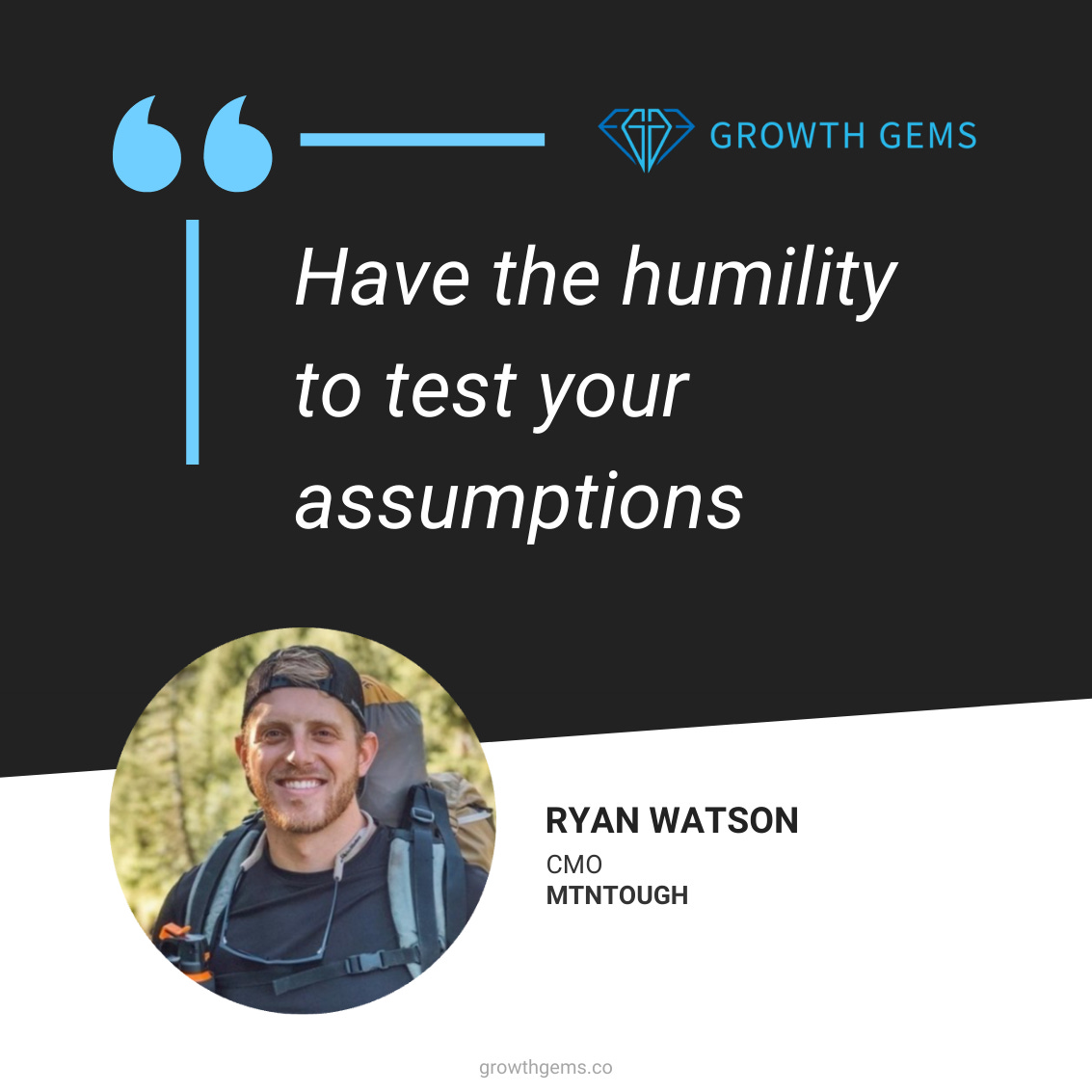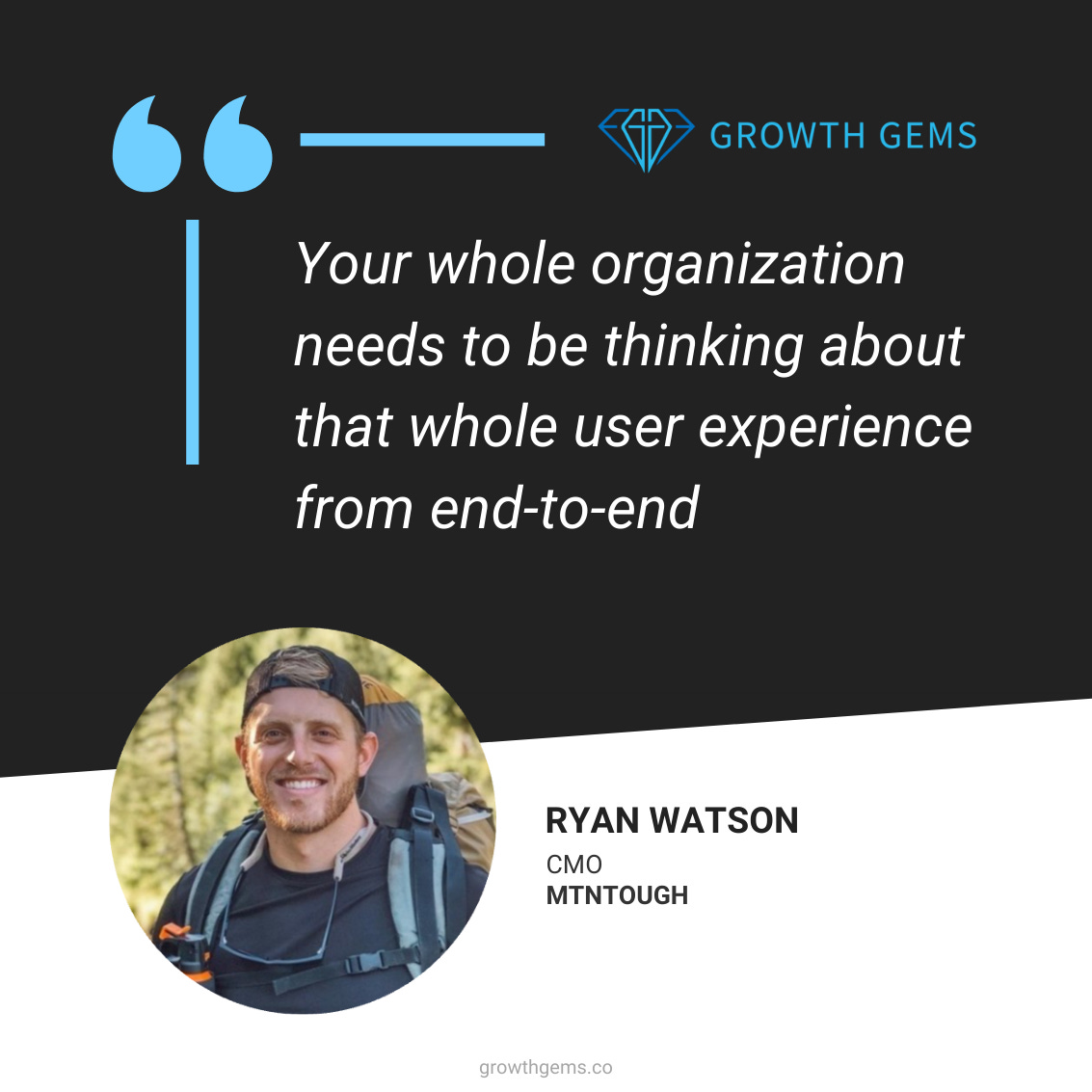💎 Growth Gems #88 - Product, Acquisition, and Monetization
Hey,
This week I’m sharing gems on:
These insights come from Ben Weiss, Yohann Kunders, and Samuel Hulick.
Enjoy!
🥇 TOP GEM OF THE WEEK
Branding & Monetization
I featured paid UA insights from Jesse Pujji (CEO at Kahani) in Growth Gems #78.
This time, he interviews Ben Weiss (Chief Investment Officer of 8th & Jackson) in the episode The Walt Disney Company: An Entertainment Empire on his “Business Breakdowns” podcast.
Ben shared gems on Disney’s branding, flywheel, business model, and risk-taking culture.
Given their size, it’s sometimes hard to relate, but the principles at play all seem familiar.
💎 Disney’s success starts with stories and characters that build deep emotional connections with consumers and transcend geography and age. It is very hard to develop the capability to tell great stories that transcend time and want people to connect with characters through visits or product purchases.
Ben Weiss (Chief Investment Officer of 8th & Jackson)
at 08:35
💎 Disney competes with any entertainment company for people’s time and attention. They have to break through the noise with impactful and emotional stories.
Ben Weiss (Chief Investment Officer of 8th & Jackson)
at 10:21
💎 Disney could have kept attendance flat and only increased prices of tickets for entrance to their parks, but they have found other ways to increase spend per customer: great merchandise/toys, features that allow a more premium experience, etc.
Ben Weiss (Chief Investment Officer of 8th & Jackson)
at 16:04
💎 Something that speaks to Disney’s flywheel: they’ve added new attractions to the park that fans of the IP must come to see. Examples: Millennium Falcon, Avatar, etc.
Ben Weiss (Chief Investment Officer of 8th & Jackson)
at 17:05
⛏️ Going Deeper: Disney has had a flywheel in place for quite a long time. Even more impressive is that they’ve managed to evolve it. The main parts are now content (movies, television, and sports), technology (apps, different user interfaces, data, acquisition), and “physical entertainment and goods”.
Don’t get it wrong, though, with a company at that scale, they still have many serious challenges.
💎 All of Disney’s streaming assets have more subscribers than Netflix. They don’t have the same ARPU and are not profitable yet. But given the IPs that they own, they’re one of Netflix’s main competitors and are likely to be a long-term winner in streaming.
Ben Weiss (Chief Investment Officer of 8th & Jackson)
at 23:44
⛏️ Going Deeper: Disney has to balance the competitive need of appealing to the most people with maintaining a brand promise that has worked very well over time. This can make it harder to have the same edginess or provocativeness as some shows on Netflix.
If you’re interested in the advertising part of these two companies, Eric Seufert recently published Netflix, Disney+, and the ad-supported streaming calculus.

💎 Disney embraces creative risk-taking in a way that most companies are uncomfortable doing. For example: investing 150-250 million dollars on a movie well before you have a commercialized product.
Ben Weiss (Chief Investment Officer of 8th & Jackson)
at 34:22
💎 Disney managed to maintain a real focus on profitability and returns for shareholders with growth and investing in new areas of the business.
Ben Weiss (Chief Investment Officer of 8th & Jackson)
at 35:14
⛏️ Going Deeper: for more on Disney and how their CEO navigated this, you can read The Ride of a Lifetime. One pretty bold move was to move to streaming pretty early with ESPN+ and Disney+, even though it would hurt the business short term.
Acquisition & Retention: creatives, influencers
More gems from the Sub Club podcast!
In Channel Experimentation and the Tiktokification of Video Ads, Ryan Watson (CMO at MTNTOUGH, previously Director, Growth Marketing at onXmaps) talks about channel testing, retention, and more with David Barnard (Developer Advocate at RevenueCat).
💎 SEO is undervalued. You can use keyword data to understand how your audience is thinking about certain things and better position your product and features.
Ryan Watson (CMO at MTNTOUGH)
at 20:48
💎 Don’t have any misconceptions about channels. Have the humility to test your assumptions so you don’t miss out on opportunities. Example: thinking that TikTok was only for young people, not on brand, etc.
Ryan Watson (CMO at MTNTOUGH)
at 21:35
💎 Your creative is your targeting, especially post-ATT. Use your video to qualify your audience.
Ryan Watson (CMO at MTNTOUGH)
at 26:24
💎 Influencers can be great for product retention. If they are genuine about using the product and keep using it, having them as ambassadors helps retention even if you’ve already “tapped” their audience. People start associating the top tier with your app.
Ryan Watson (CMO at MTNTOUGH)
at 29:34
💎 If you’re an onX elite member, you get access to special deals from other organizations. It increases revenue while giving more value to customers. Providing these extra perks in their top tier increases retention because users want to keep getting them. Example: it can be a “mutual” deal where both companies’ audiences get a discount, or a promotional code for something like First Lite.
Ryan Watson (CMO at MTNTOUGH)
at 31:52
💎 Think about how you’re educating users across your channels (retargeting, ambassadors, marketing automation) so you can “get” the best users possible once they try your product. This is more powerful than discounts. Example: education is key in apps like FinTech or Sleep apps.
Ryan Watson (CMO at MTNTOUGH)
at 37:25
💎 Marketing automation is crucial. If you’re a subscription app, you need to be thinking about engaging people once they’re inside the product with a tool like Braze.
Ryan Watson (CMO at MTNTOUGH)
at 38:24
💎 Really good product teams have the best onboarding experiences to get users to use their product in the best way possible.
Ryan Watson (CMO at MTNTOUGH)
at 39:12
Product: Aha moment(s), activation, user outcomes
I’ve enjoyed and featured gems from Yohann Kunders and Samuel Hulick (Co-founders at Self-Serve SaaS) a few times now.
It’s not the easiest content to “mine”, but their conversations always give me a new perspective.
This one, Do “Aha Moments” Really Work?, is no different.
💎 There isn’t a singular Aha moment. People have a very clear idea of what they want and where they are, but they are fuzzy about the stages between where they are and where they want to be. There are many stages to that path: in a way, each sub-outcome could be an Aha moment.
Yohann Kunders (Co-founder at Self-Serve SaaS)
at 04:50
⛏️ Going Deeper: Yohann later shared that there are Aha moments all the way through figuring out how to unlock an outcome. Not just one particular aha moment where the user goes, “Everything makes sense to me now”.
For more on their approach to “outcomes”, read Growth Gems #73 👇
💎 When we say “Aha moment”, it’s more like a series of realizations than one particular moment where lighting strikes and everything comes together.
Samuel Hulick (Co-founder at Self-Serve SaaS)
at 07:14
💎 It’s unlikely that you’re going to be able to tell people what their Aha moment is and that the Aha moment is going to be the same for everybody. The Aha moment might very well be different for everybody.
Samuel Hulick (Co-founder at Self-Serve SaaS)
at 08:48
💎 If your Aha moment isn’t something someone would plausibly and consciously desire, you’re already on the wrong track. Users don’t inherently desire to perform a product behavior.
Samuel Hulick & Yohann Kunders (Co-founders at Self-Serve SaaA)
at 09:56
⛏️ Going Deeper: you can’t just try to manufacture a user behavior based on data showing a correlation with activation or conversion. You need to align the incentives of the business and the user. It should be a symbiotic relationship.
❌ Data shows customers of an invoicing software retain after 15 invoices, so you try to get them to blast invoices one after the other
✅ You get customers to send their first invoice and get paid
💎 If your offering is a subscription service, you want to be as explicit as possible as early as possible about the value you provide to inspire people to invest their time in becoming a customer of yours. That value can not become apparent only after they’ve jumped through hoops.
Samuel Hulick (Co-founder at Self-Serve SaaS)
at 13:27
⛏️ Going Deeper: you can’t just try to manufacture a user behavior based on data showing a correlation with activation or conversion. You need to align the incentives of the business and the user. It should be a symbiotic relationship.
❌ 12 screens and sign up before being able to interact with a dashboard showing dummy data
✅ Dummy dashboard publicly available so people can understand the value with limited time investment. When they sign up, they can directly focus on what they want to achieve.
💎 Instead of seeing something as an Aha moment, see a specific behavior from the user as step one of a multi-step approach to achieving their desired outcome.
Yohann Kunders (Co-founder at Self-Serve SaaS)
at 18:25
💎 When you look at activation in terms of an Aha moment, you’re zeroing in on a particular product behavior rather than on the entire path to conversion. This behavior often happens early (e.g., during onboarding), which means you’re leaving the rest of the journey to actual activation/conversion up to luck.
Yohann Kunders (Co-founder at Self-Serve SaaS)
at 19:46
💎 Figure out how to align Aha moments with users’ motivation and choose a behavior closer to conversion rather than sign up.
Yohann Kunders (Co-founder at Self-Serve SaaS)
at 27:15
💎 If you’re going to use an Aha moment, make it something other than basic engagement (e.g., not “ log in 7 times”).
Samuel Hulick (Co-founder at Self-Serve SaaS)
at 32:29
💎 Use an early activation survey that presents different options to people so you can understand what you can unlock for them. Benefits:
Gives you continuous information from your signups on what they’re looking for
Allows you to leverage learnings by showing relevant/personalized information in the user flow (e.g., specific testimonial)
Inform everything else you might offer throughout their lifecycle
Helps you understand which motivations/outcomes convert and retain the most
Samuel Hulick (Co-founder at Self-Serve SaaS)
at 33:40
And before I leave, here is a quote on consolidating campaigns to leave the learning phase quickly, from the two & a half gamers show:
“Stop running geo-specific campaigns; it’s not 2014 anymore“ - Matej Lancaric (UA & Marketing Consultant)
See you next time. Stay savvy!
⛏️ Sylvain
🔗 sources:
The Walt Disney Company: An Entertainment Empire on the Business Breakdowns podcast.
Channel Experimentation and the Tiktokification of Video Ads on the Sub Club podcast
Do “Aha Moments” Really Work? on the Self-Serve podcast














